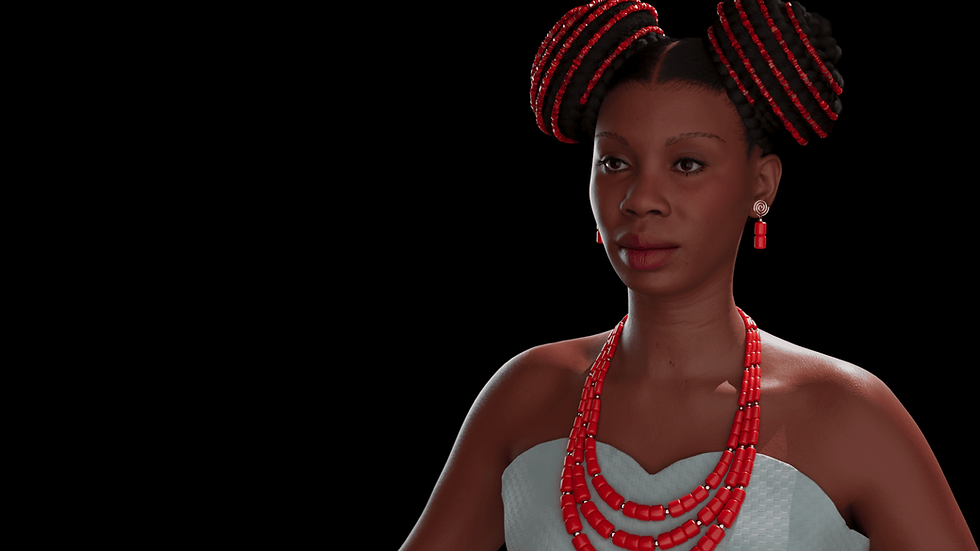Girl Express Yourself
- Oluseyi Ekanem
- Aug 26
- 2 min read
The Rat Trap Project – Post 7: Girl Express Yourself
At first glance, a Metahuman might seem like “just another character asset.” But under the hood, it’s a very different beast. Epic built them with film-level realism in mind: thousands of controls for subtle facial nuance, a standardized skeleton for reusability, and a rigging system designed to be both modular and scalable.
When we brought our Metahuman into Houdini Solaris, it didn’t behave as expected. The head and body rigs imported, but the hierarchy felt off. Facial expressions didn’t respond correctly. And since we also wanted to capture facial animation in Unreal Engine, export it, and reuse it as clips inside Houdini, we quickly realized we couldn’t treat the rig as a black box—we needed to understand it.
How We Learned
Because things felt broken, we had to dig deeper. We approached the rig like detectives:
We explored volumetric facial motion capture, studying how high-end studios reconstruct human expressions.
We read academic papers on facial rigs, breaking down how blendshapes, joints, and controls interact in modern pipelines.
We examined the data in both the head and body rigs inside Houdini, comparing it to what Unreal generated.
Then it clicked: the facial rig is mainly blendshape-driven—all expressions come from sculpted shapes blended together, which can be baked to Unreal Engine’s Face Control Rig. While the head and body didn’t naturally sync in Houdini, we discovered that skeleton blending could unify them. With that foundation, exported animation clips from Unreal finally aligned with Houdini’s system.
Animation Strategy Moving Forward
With this understanding, our workflow is clear:
Capture rich Metahuman facial performances in Unreal.
Export and convert them into animation clips for Houdini.
Use motion clips to drive both head and body, while animation layers refine broad mechanics separately from subtle facial detail.
Next week, we’ll rebuild the body rig in Houdini using APEX, giving full control over deformation and animation behavior.
Looking ahead, Houdini 21 promises improved interaction with Unreal Engine—especially around Metahumans. That could make this process smoother and more direct, meaning less time debugging and more time focusing on performance and storytelling.
Why It Matters for The Rat Trap
This journey wasn’t just about fixing a rig—it was about learning by going deeper than we planned. The “broken” parts forced us to research, experiment, and truly understand Metahumans. Even if the Houdini 21 workflow changes, the insights we gained are invaluable.
For The Rat Trap, this means characters that don’t just move—they perform, with nuance and believability. For us as a studio, it proves that Nigerian teams can tackle cutting-edge pipelines anywhere in the world, turning technical roadblocks into creative breakthroughs.
🔖 Hashtags
#TheRatTrap #PaitanMedia #AfricanAnimation #IndieFilmPipeline #Metahuman #HoudiniSolaris #MaterialX #IndieAnimation #UnrealToHoudini #NigerianAnimation #AfricanVFX #3DModeling #USD #Houdini #PipelineDesign #InnovationInAfrica #AnimationNigeria, #UnrealEngine, #UE56, #Nollywood




Comments